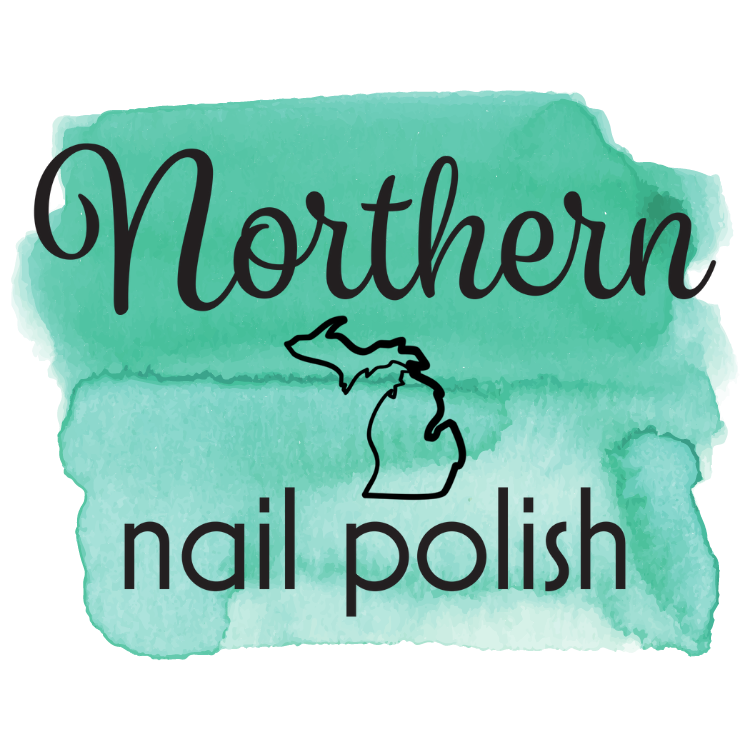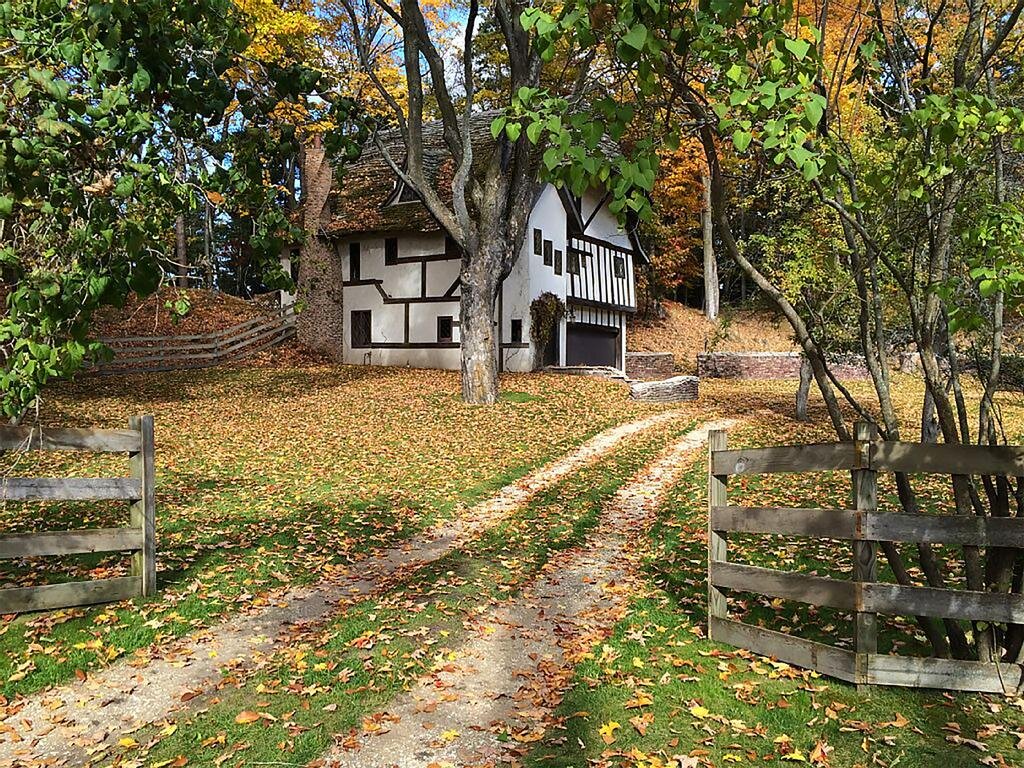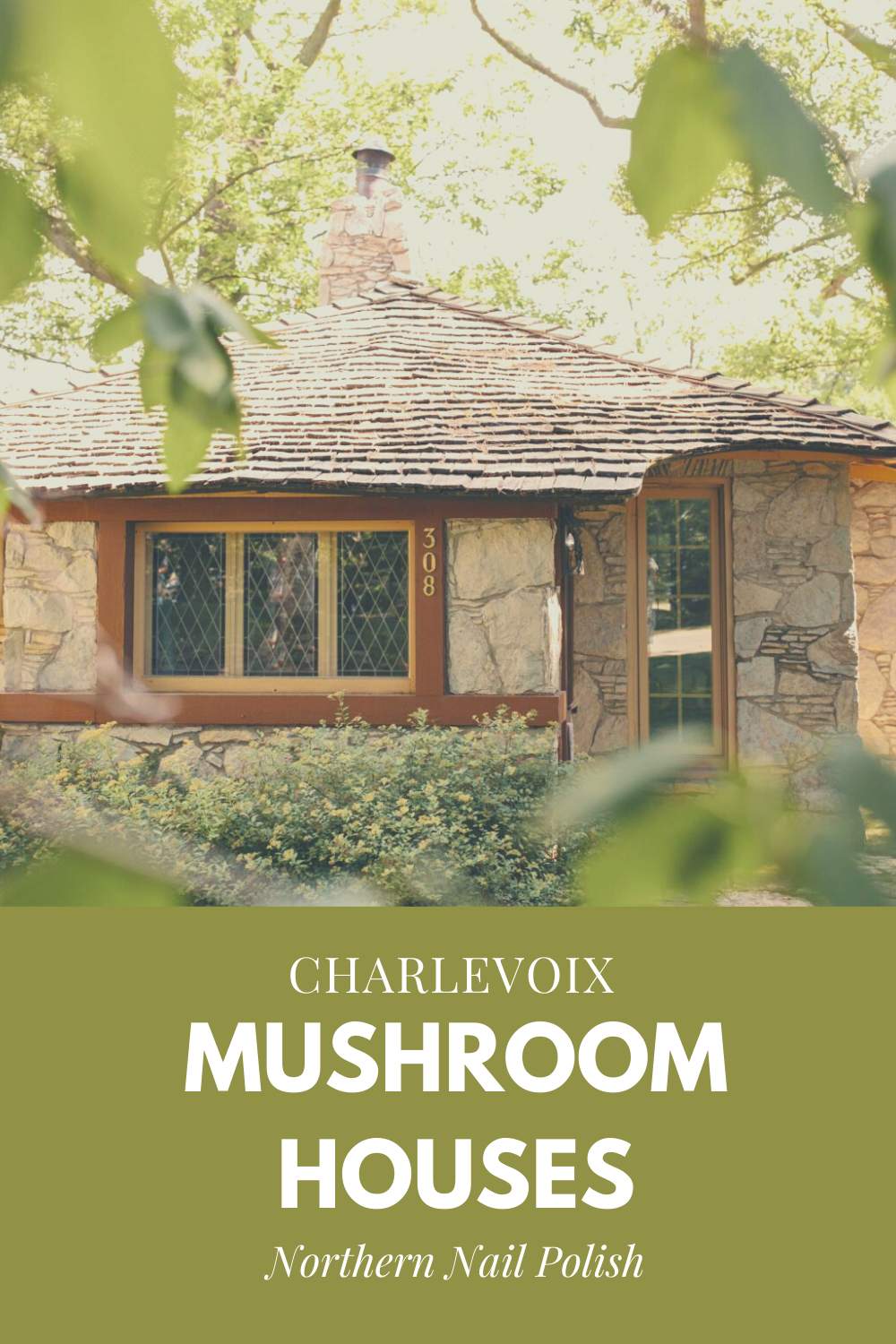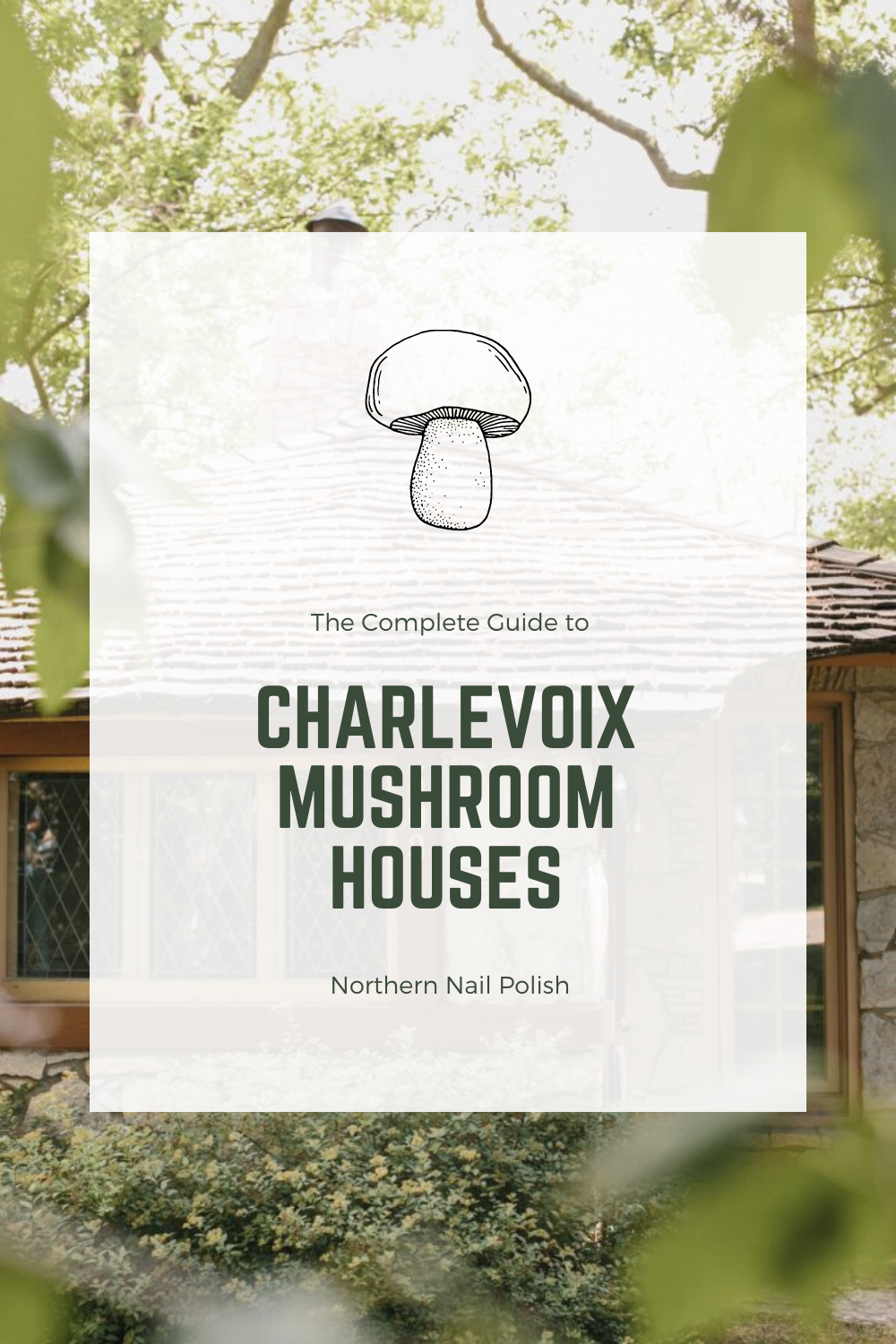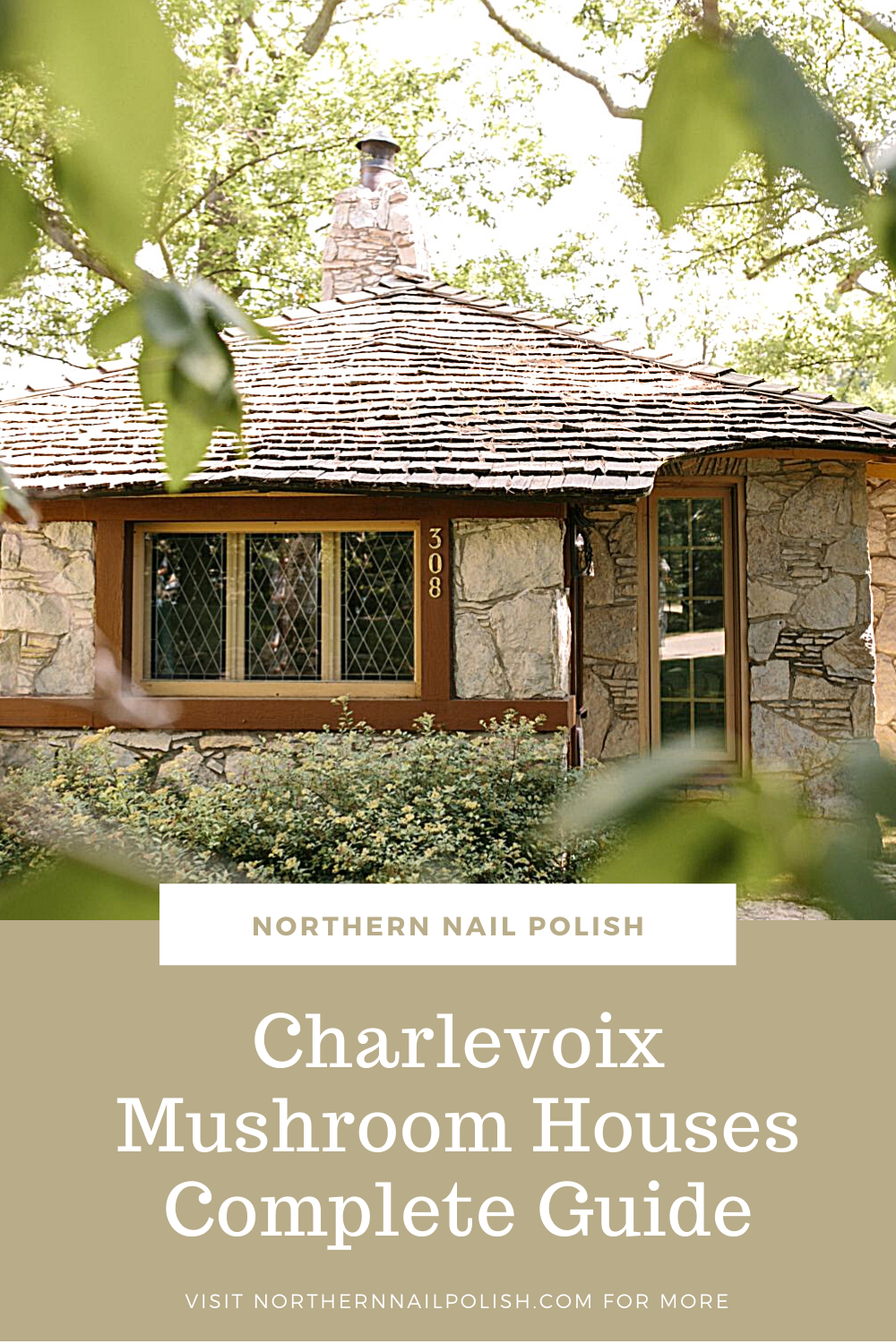Charlevoix Mushroom Houses: A Complete Guide
All of Northern Polish’s shades are inspired by the uniqueness of the beauty of Michigan. For the new fall collection, inspiration was found across the state. One of the more unique shade names comes from Charlevoix’s Mushroom Houses. The shade name of this polish- Gnome Houses- draws direct inspiration from the mushroom houses and radiates pure autumn bliss. To understand the many reasons why the Charlevoix Mushroom House are so inspiring, stay tuned. Hopefully by the end of this blog post, the mushroom houses will also inspire autumn cheer.
A Mushroom Patch Blooms
The father of the mushroom houses was architect, Earl Young. In 1924 Earl Young bought what is now known as Bartholomew’s Boulder Park and began work on his very first mushroom house. He began work on his first mushroom house- Boulder Manor- in 1928 but was only completed in the late 1930’s. His first mushroom house was his grandest- while all of the houses are amazing, the first is certainly the grandest. Young spent a great deal of time moving boulders that were found in the surrounding landscape to specifically appear as if they just happened to be there. One of the most important aspects of the structure of the mushroom houses is to appear as if it just naturally blends in with the landscape around it.
The Fungi Spreads
In addition to Boulder Manor, Earl Young designed and built an additional thirty mushroom houses. Each mushroom house is special in its’ own way, but some stand out more than others. The namesake of the mushroom houses- the Mushroom House- had a roofline that looked so much like a mushroom that it inspired its’ own name and the rest of the names built by Earl Young in Charlevoix. The Half-House, built in 1947, is a small mushroom house that got its’ name from appearing to be cut in half due to a truly unique architectural design. The Thatch Roof House is known for its’ unique thatch based rooftop and the sweeping arch-lines that accompany it. Earl Young’s personal home- 306 Park Ave- also has a unique feature. This house has two chimneys that appear to be melting. Another house, the M. Schuler House, really emphasizes Young’s desire for the houses to blend into the landscape. This house is designed to showcase 1/3 sky, 1/3 grass, and 1/3 water. It’s also accompanied by low ceilings, a natural design for a home fit for gnomes. On the shores of Round Lake, Young built a grand mushroom castle. This house is aptly named Castle House. Finally, the Owl House sports a design on the front of the building that appears to be an owl.
Mushroom Architecture Design
Besides the unique appearance of mushroom houses, the architectural design itself is unique because it does fit squarely within one category of architecture. However, the mushroom houses were influenced by architectural trends that were popular while they were being built. One of the most influential architectural movements on the design of the mushroom houses were the Arts & Crafts movement. The Arts & Craft trend emphasized handcrafted materials and exposing the bones of the house. This influence is abundantly clear in each mushroom house. The influence of the Arts & Craft movement also expanded into the furnishing of the houses as well. The design of the mushroom houses was also influenced by Storybrook architectural style. The Storybrook design was widely popular during the 1920’s when the first mushroom house began construction. It mimics traditional, rural houses in Europe and utilizes recycled materials in its’ construction. The biggest impact that Storybrook style had on the mushroom houses is the usage of wavy, tiled roofs. However, the largest influence on the construction of the mushroom houses was the natural landscape. The area’s large amount of boulders was incorporated in every house. Earl Young believed that each boulder had a distinct personality and while using them in construction, he wanted to make sure that their placement reflected their personality.
Visiting the Mushroom Kingdom
Every year thousands of visitors flock to Charlevoix to visit the magical mushroom houses. While all of the Mushroom Houses are currently privately owned, walking tours of the houses are available. Visitors stroll around the mushroom houses, observing their unique beauty from a respectful distance. The most interesting parts of the mushroom houses are the outside architectural pieces, so the tours are not hindered by private ownership. Although, it’s important to be respectful of the homeowners if you’d like to come back to the mushroom kingdom.
A Mushroom Muse
The complete uniqueness of Charlevoix’s mushroom houses are inspiring in a multitude of different ways. The unique architectural structure emboldens people to expand their horizons of what is possible and how to incorporate nature into artwork. This inspiration was directly channeled in the new fall collection. To see how Northern Polish was inspired by the mushroom houses, check out the new fall shade named in honor of the mushroom houses.
